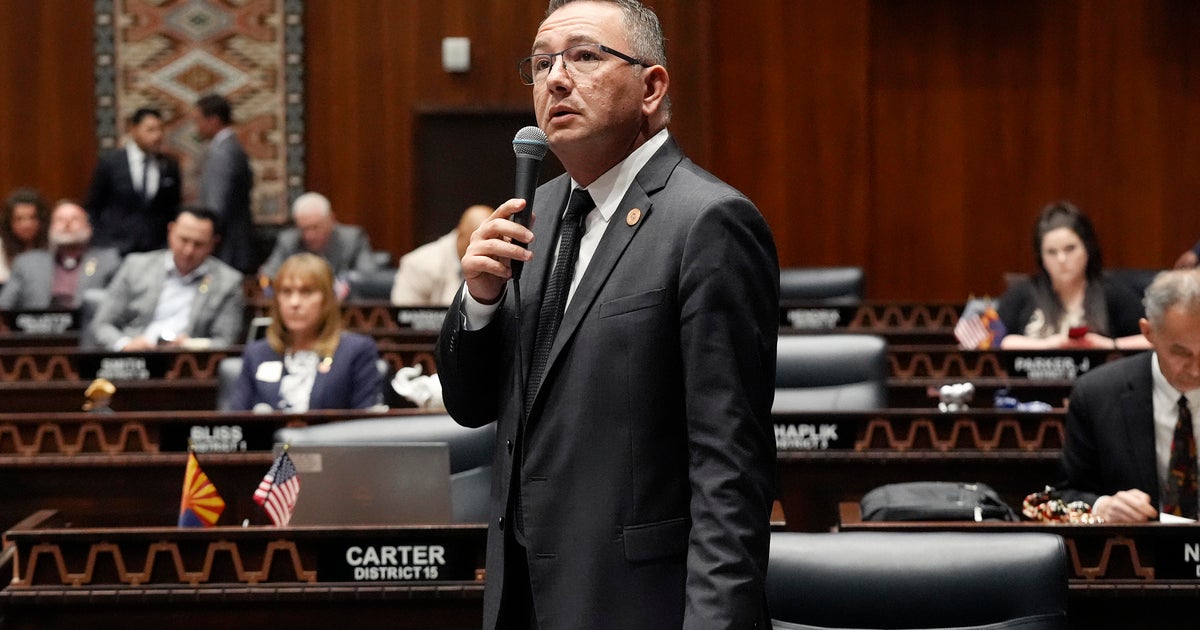Sun shoots off big surprise solar flares
Hot on the heels of the epic American total solar eclipse in August, our sun this month has followed up with what you might call totally cray behavior. The biggest star around is supposed to be entering a phase of relatively little activity right now. Yet it has spent the past week shooting off some of the biggest solar flares we've seen in over a decade.
- Another kind of storm is coming -- from the sun
- Aurora fans could get big show thanks to huge, surly sunspot
- See two intense X-class solar flares light up the sun
The sun goes through 11-year cycles of solar activity, including a solar maximum when scientists expect to see the highest level of sunspots and solar flares. But we passed that point in the current cycle in 2014 and are now approaching the solar minimum. So it's a little surprising that a big sunspot has been shooting off a bunch of flares, including the biggest of the current cycle, for the past week.
A huge, so-called X-class flare (the highest level of intensity) was fired off Wednesday. It released an amount of energy comparable to that of a billion hydrogen bombs and sent radiation and plasma soaring toward Earth that's not harmful to life thanks to our planet's atmosphere and magnetic field. The solar storm can disrupt communications signals, however, and also fuels.
One X9.3 flare Wednesday was the strongest flare seen in over 12 years. NASA's Solar Dynamics Observatory, which watches the sun continuously, caught a few different views of last week's flares that can be seen in the above video.
Scientists using a solar telescope on the Canary Islands also managed to capture a close-up view:
"The sun is currently in what we call solar minimum. The number of Active Regions, where flares occur, is low, so to have X-class flares so close together is very unusual," said Aaron Reid, a research fellow at Queen's University Belfast, in a news release. "These observations can tell us how and why these flares formed so we can better predict them in the future."
A total of three X-class flares were observed over a 48-hour period, along with medium-intensity flares that went off earlier last week, and another, just slightly less intense X-class flare on Sunday.
While the flare activity of the past week has been unusual and unexpected, it seems likely to come to an end soon. The big sunspot responsible for the flares is about to disappear from view as part of the star's normal rotation.
This article originally appeared on CNET.



